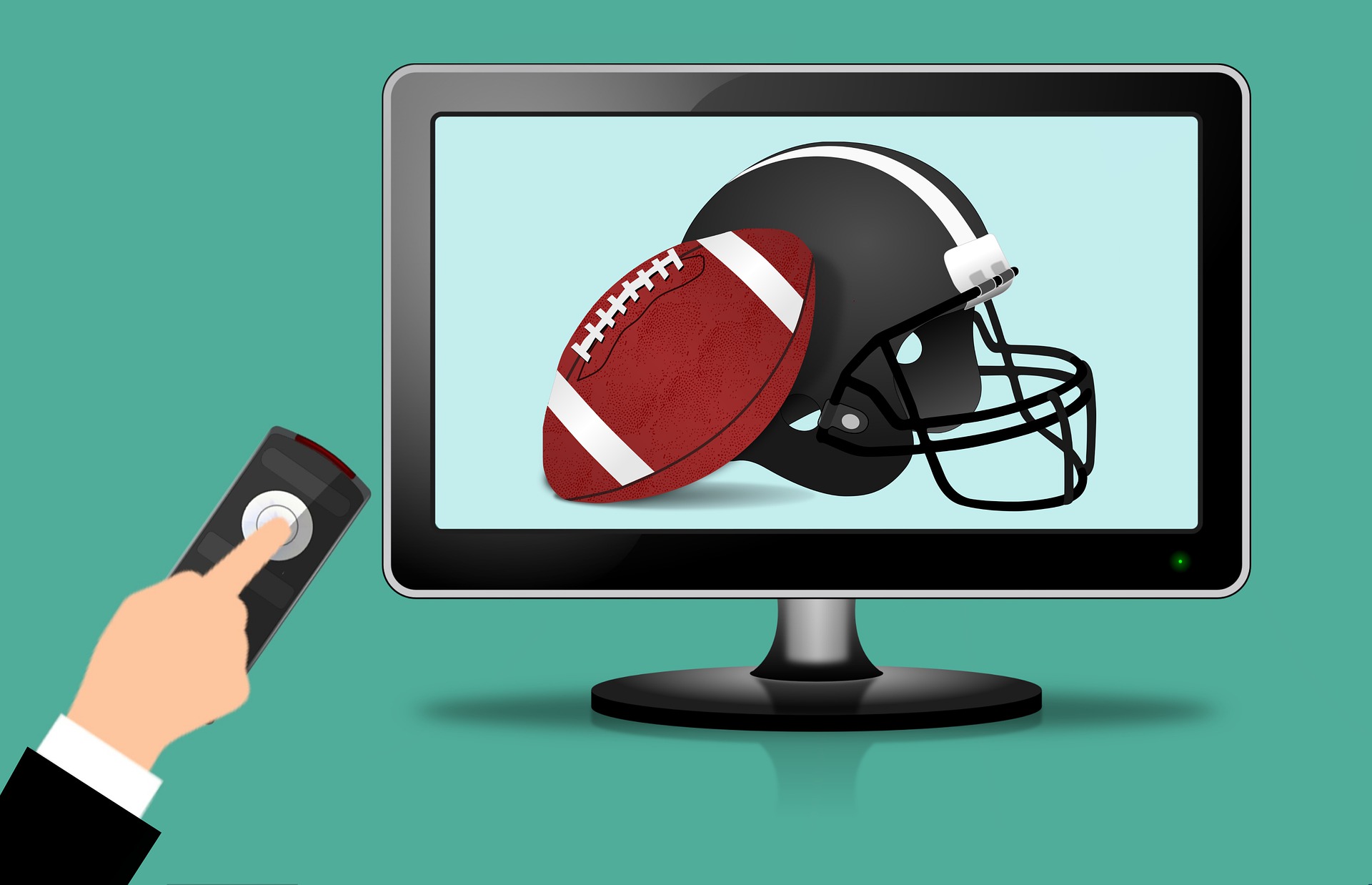Digital video storage: IEEE 1394
It goes by many names — FireWire, iLink, IEEE 1394-1995, or just 1394. Soon it will be available in a new high-performance flavor, IEEE 1394b, offering performance comparable to gigabit Ethernet. Within two years, 1.6- and 3.2-Gbit versions will be shipping.
It has already become synonymous with consumer digital video, enabling a DV camcorder and personal computer to become a low-cost desktop video production powerhouse. With recent Hollywood endorsements of the digital transmission content protection copy protection scheme, also known as 5C, IEEE 1394 is poised to become the de facto digital networking interconnect for consumer electronics products.
FireWire's creator, Apple Computer, was recently awarded a 2001 Primetime Emmy Engineering Award for its material impact on the television industry. CNN's global news-gathering forces are now equipped with 3Chip DV camcorders and Apple Titanium PowerBooks running Final Cut Pro. Stories can be edited anywhere and transferred to a pocket-sized FireWire hard drive, which can be connected to a networked server at the studio for playout to air. Three-person news crews may soon be as common as “film at eleven.”
Plug and play
When Apple invented FireWire in the early ‘90s, the design included a mix of features aimed at facilitating the convergence of video and computing on multiple fronts, including the U.S. advanced television standards setting process. These features included point-to-point connectivity, peer-to-peer operation, plug-and-play capability, isochronous operation and asynchronous operation.
The IEEE 1394-1995 standard supports 200 Mbits/s or 400 Mbits/s data rates. It can also supply power to peripherals, although this contributes to a major weakness as a networking technology; the maximum distance between links is 14 feet. It supports up to 63 hot-pluggable devices. You don't have to turn off a scanner or CD drive to connect or disconnect it, and you don't need to restart your computer. Also, it uses a lightweight cable with small connectors, so you don't need device IDs, jumpers, DIP switches, screws, latches or terminators.
Finalized earlier this year, IEEE 1394b will supplement the legacy IEEE 1394-1995 and 1394a specifications. It keeps all the vital features of those earlier versions and will support mixed networks with devices that conform to any of the 1394 standards.
The professional video industry's #1 source for news, trends and product and tech information. Sign up below.
It is expected that IEEE 1394b will lead to expanded adoption in many of the applications where 1394 is firmly established, including DTV, set-top boxes, VCRs and DVDs. These products should be 1394-enabled within a year.
For professional video applications, IEEE 1394b provides extensions that make it a viable alternative to other studio networking technologies. It will support data rates of 800 Mbits/s, 1.6 Gbits/s and 3.2 Gbits/s, all over copper wire. It supports long-distance transfers to 100m over a variety of media: CAT-5 unshielded cable at 100 Mbits/s, existing plastic optical fiber at 200 Mbits/s, next-generation plastic optical fiber at 400 Mbits/s and 50-micron multimode glass optical fiber at up to 3.2 Gbits/s.
Omneon Video Networks has developed a networked content server system comprised of network interfaces, packet switches, disc-based storage subsystems and system software. The system consists of modular components attached to an IEEE 1394 and Ethernet network. The components manage data storage and the transport of data within the network and handle the connection of external devices to the network.
At this year's NAB, Glyph Technologies introduced DV Project, a FireWire RAID Array that can be used with a variety of high-performance nonlinear editing systems including Avid's DV Xpress, Media 100i and Matrox's RTMac. Internal transfer rates can exceed 440 Mbits/s enabling video streaming rates of over 40 MBytes/s per DV Project.
IEEE 1394 is currently supported by Microsoft's Windows 2000 and Windows 98 Second Edition.
Craig Birkmaier isa technology consultant at Pcube Labs, and hosts and moderates the Open DTV Forum.
